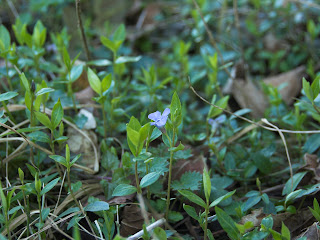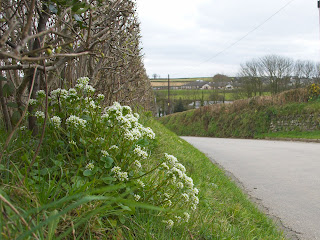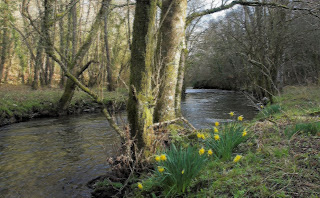
one of my favourite occasional visitors to our garden, looking rather goony today, with a very striking black moustache.








 green alkanet is a handsome plant with a vivid blue flower. The naming of the plant seems to suggest some degree of colour confusion; the name alkanet is thought to derive from the arabic al henna (arabic is very guttural) for red from the red dye extracted from its roots; I would have called it blue alkanet myself. Growing alongside this plant is a very unusual white variant, no doubt best called the white green blue red alkanet. The leaves are deeply fissured and the plant is described as "roughly hairy".
green alkanet is a handsome plant with a vivid blue flower. The naming of the plant seems to suggest some degree of colour confusion; the name alkanet is thought to derive from the arabic al henna (arabic is very guttural) for red from the red dye extracted from its roots; I would have called it blue alkanet myself. Growing alongside this plant is a very unusual white variant, no doubt best called the white green blue red alkanet. The leaves are deeply fissured and the plant is described as "roughly hairy".



 lesser periwinkle (unimaginatively derived from the latin pervinca when it might have had all sorts of old english connotations). It is a ground covering plant, usually found near habitation, but growing wild in the south west. Good for fertility when eaten by both parties, and nose bleeds in Christians (and no one else?). It is a lovely light purple blue.
lesser periwinkle (unimaginatively derived from the latin pervinca when it might have had all sorts of old english connotations). It is a ground covering plant, usually found near habitation, but growing wild in the south west. Good for fertility when eaten by both parties, and nose bleeds in Christians (and no one else?). It is a lovely light purple blue.


 a hellebore growing underneath a hedge tree. Not sure which type but probably a garden escapee, the purple edges are typical of stinking hellebore. Spread by snails, and used to make violent purgatives for worm infestations; unfortunately the treatment tended to kill the patient as well and thus fell (eventually) out of favour
a hellebore growing underneath a hedge tree. Not sure which type but probably a garden escapee, the purple edges are typical of stinking hellebore. Spread by snails, and used to make violent purgatives for worm infestations; unfortunately the treatment tended to kill the patient as well and thus fell (eventually) out of favour










